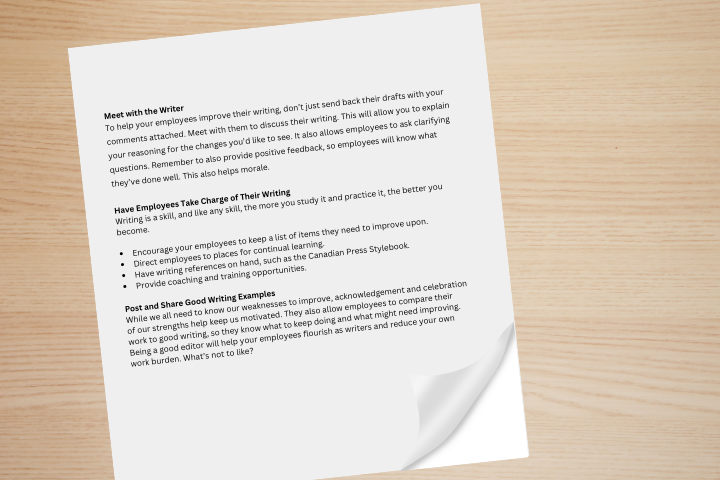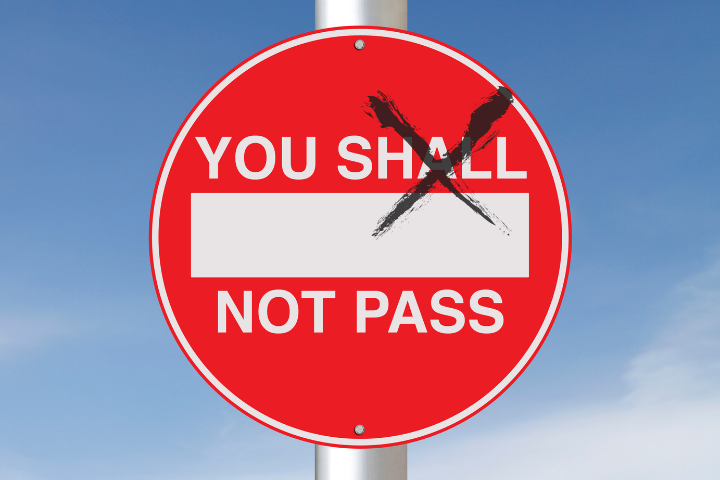
Do you dread being asked to take meeting minutes? Did your last set of minutes take you hours to prepare? Or do you want to volunteer to take minutes and make sure you do a really good job?
We can help you create great meeting minutes quickly and effectively.
Take a Minute to Understand Minutes
Minutes are intended to summarize what happens at a meeting. The term minutes comes from the Latin term minuta scriptura, meaning small notes. Many people mistakenly believe that they must write out everything that is said, but minutes are not a transcript.
If your organization requires verbatim documentation, record the meeting, and have it transcribed by an outside transcription service.
Well-written minutes
- provide a clear, objective summary of a group’s activities
- are a means of conveying information to people who were unable to attend the meeting
- act as a reminder of future expected actions
- are a historical background of the decisions of the group and the rationales behind them
What to Do Before a Meeting
Successful minutes start before the meeting happens. Set time in your schedule to prepare for minute taking in advance of the meeting. Read the previous minutes to see what was discussed at the last meeting and what could come up again at this meeting. You should also review the agenda so that you know which topics are going to be discussed.
Sometimes, the minute taker is responsible for creating the agenda. If this is the case, check with the meeting chair to see what agenda items should be listed (including any business arising from the previous minutes that you reviewed). Send the agenda to the group ahead of time, so participants know what to expect and can suggest changes to the agenda before the meeting.
Ask the meeting chair what they expect from you as the minute taker. If you don’t know the group well, confirm who is attending the meeting and how to spell their names. Make name cards for the meeting so that you will know who is speaking.
If you are going to be involved any discussion topics, see if someone else can take minutes during that section of the agenda. It’s difficult to accurately capture what’s happening when you are actively participating in the discussion.
Next, prepare a template to use for taking minutes. Using a template reduces the time it takes for you to write the minutes. Pro tip: Use the template not only for the minutes you distribute to the group but also for the notes that you take during the meeting.
First, before the meeting, note the meeting information (date, locations, attendees, etcetera). Then, write the agenda items leaving space underneath each item for your notes. Also, add a section for the action items. During the meeting, you’ll be able to use this template to keep point-form details of any discussion and decisions. For the action items, be specific, detailing who is responsible for doing what and by when.
What to Do During the Meeting
Go to the meeting room early to check out the setup and get yourself organized. If you’re using a laptop and need to plug in, make sure you sit near an outlet. You should also try to sit beside the meeting chair, as you may need to talk to each other during the meeting.
Take attendance as attendees arrive. Speak with the chair and the group ahead of time about stopping to ask for clarification if the discussion moves too quickly to keep up, if you miss something that is said, or if you are unfamiliar with terminology. This way, everyone understands these interruptions may happen because you want to produce accurate minutes.
Sometimes you might interject to clarify something immediately, while other times you might jot down questions to get several answered during a pause or before the meeting adjourns. Trying to catch up on missed items after a meeting is frustrating for everyone, and things can easily be missed. You may not be able to catch the speaker at the end of the meeting, or they may not remember what you are asking about.
When the meeting starts, listen closely to the discussion so you can sort out the comments, suggested actions, and decisions expressed. Take point-form notes of key details. We recommend you use the IDDA method of minute taking. This stands for item, discussion, decision, and action.
If you take more notes than needed, don’t worry. It’s better to start with a little too much than not enough. It’s easy to remove extra content when you move into the writing stage.
At the end of the meeting, speak with the chair so see if there are any last-minute instructions for the minutes.
What to Do After the Meeting
Ideally, you will book time to write the minutes immediately after the meeting. The sooner you do them, the more you will remember. Also, if you missed any clarifications from the meeting, participants are more likely to remember the point right after the meeting.
If you cannot do the minutes immediately after, you should turn them around within 72 hours. After three days, your memory fades. It becomes harder to take your notes and turn them into minutes, especially if you were using abbreviations or shorthand.
Also, participants may rely on your minutes to keep track of their own action items. If you draft minutes late, some deadlines might be missed.
When you finish writing the minutes, use spell check and edit the document. Ask the chair to review the minutes before you send them to the group. The chair might have revisions for you to make before the minutes are shared with everyone.
By honing your minute-writing skills, you can save valuable time, reduce confusion and create a more streamlined and efficient work environment.





